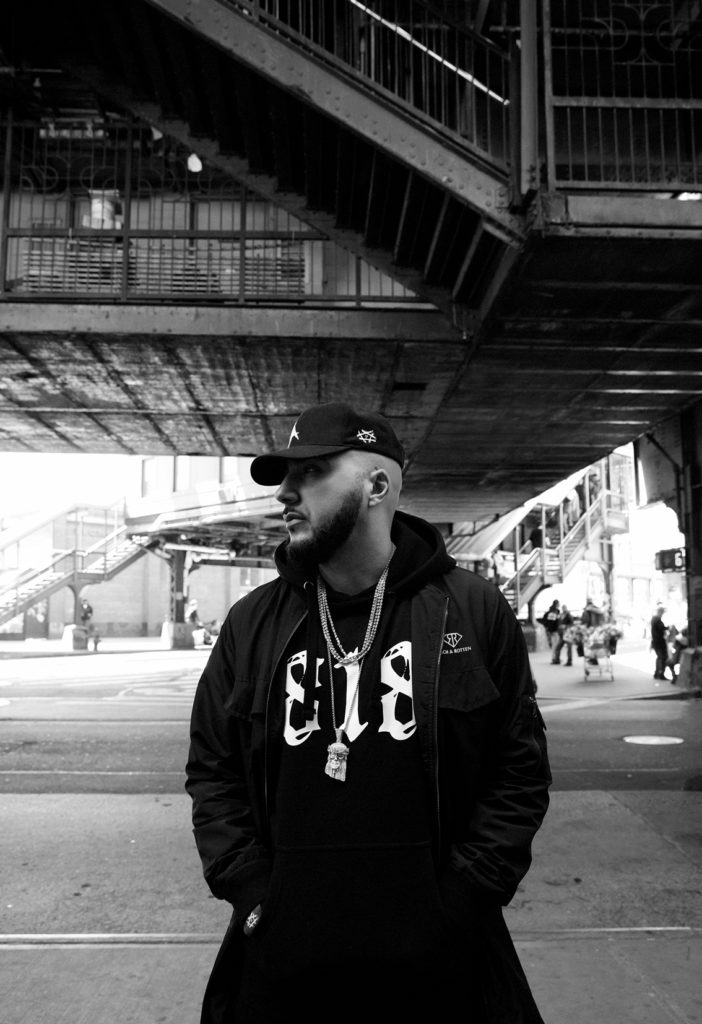BROOKLYN, N.Y. — On an unusually sun soaked April afternoon in this shifting section of Brooklyn, where some flock into a millennial-friendly juice bar while others exit a legendary bodega, Armen Djerrahian checks the sun’s strength on his forearm.
The photographer’s ears perk up as he hears the approaching screeches of the above-ground J train in this pocket of the notoriously grim-turned-hipster Bushwick. He motions to his subject, who takes a stance underneath the rattling rails as Armen ducks down to catch a shot of the subway whirring past, culminating in an authentic New York moment.
A stone’s throw away from the Marcy Projects, the birthplace of rapper Jay-Z, whom Djerrahian has photographed, is another MC here in front of his lens. The subject, Los Angeles-based rapper R-Mean, who is in the midst of a photo shoot for his upcoming album, is a little more personal to the prolific photographer due to a shared cultural heritage. After a few clicks, Djerrahian gives into the sun and decides to take a break, heeding a self-taught lesson from his early days as a photographer in his birthplace of Paris, France.

Over pizza, Djerrahian speaks passionately about photography and his process behind capturing some of the most iconic shots in modern music history. He remains humble, allowing his photos to express his influential art and style, but also engaging in conversation and generous with the floor.
“Believe it or not, I’m really shy,” he says. “I would rather be behind the lens than in front of it, but over time I have learned to tell my story through my photos.”
Growing up in Paris’s urban culture, Djerrahian came of age in the golden era of hip hop, when Rakim and Big Daddy Cane reigned supreme, foreshadowing the timeless images of music legends he would soon snap – his shots splashing across the covers of major music publications, from Vibe magazine to L’Affiche, France’s leading hip hop monthly.












